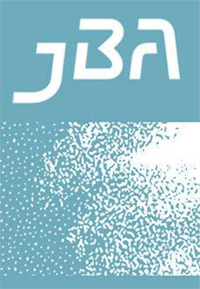Business Ethnography: Inducing Liminality in Pursuit of Innovation
DOI:
https://doi.org/10.22439/jba.v1i1.4960Keywords:
Ethnography, qualitative research, representations, transformation, liminality, innovation, future of workAbstract
Ethnographic studies have become an integral part of many projects at Xerox: guiding product improvements, inspiring new product concepts, uncovering technology and organizational issues, and informing strategic directions. Ethnographic methods provide a deep understanding of technology usage in context and have the potential to shift the perspectives of the researchers themselves, the study participants, and the business stakeholders. These transformations facilitate the creation of innovative solutions that are meaningful and useful for the practitioners they are designed to support. In this article, we draw on three case studies to demonstrate how ethnographic methods invoke liminality, and how these studies support transformation in the perspectives of the researchers, practitioners, and stakeholders who participate in the studies.Downloads
Published
2016-01-08
Issue
Section
Articles
License
Authors who publish with this journal agree to the following terms:
- Authors retain copyright and grant the journal right of first publication with the work simultaneously licensed under a Creative Commons Attribution License that allows others to share the work with an acknowledgement of the work's authorship and initial publication in this journal.
- Authors are able to enter into separate, additional contractual arrangements for the non-exclusive distribution of the journal's published version of the work (e.g., post it to an institutional repository or publish it in a book), with an acknowledgement of its initial publication in this journal.
- Authors are permitted and encouraged to post their work online (e.g., in institutional repositories or on their website) prior to and during the submission process, as it can lead to productive exchanges, as well as earlier and greater citation of published work (See The Effect of Open Access).



